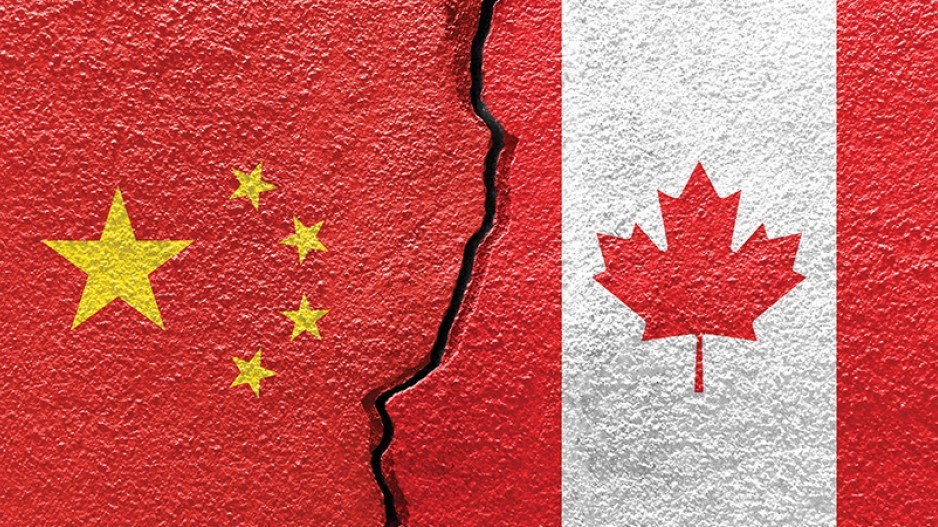OTTAWA — Canada announced that it had called China's ambassador onto the carpet as Ottawa and Washington expressed their disapproval Friday over a high-altitude balloon found to have been hovering over sensitive sites in the United States.
Chinese Ambassador Cong Peiwu was summoned for the dressing down from Global Affairs Canada officials after the balloon was spotted in U.S. airspace on Thursday, according to GAC spokeswoman Charlotte MacLeod.
"China's ambassador to Canada was summoned by officials at Global Affairs Canada," MacLeod said in a statement.
"We will continue to vigorously express our position to Chinese officials through multiple channels."
A short time later, U.S. officials announced Secretary of State Antony Blinken was postponing a planned high-stakes weekend diplomatic trip to China, even as the Biden administration weighed a broader response to the discovery of the balloon.
The discovery was announced by Pentagon officials who said one of the places it was spotted was over the state of Montana, which is home to one of America's three nuclear missile silo fields at Malmstrom Air Force Base.
Canada's Department of National Defence said the balloon's movements were being actively tracked by the North American Aerospace Defence Command, which is responsible for monitoring airborne threats to the continent.
Officials have not said whether the surveillance balloon flew over Canadian airspace, and Defence Minister Anita Anand's office declined comment.
However, the Defence Department said in its statement that Canadian intelligence agencies were working with American counterparts.
China, which angrily denounces surveillance attempts by the U.S. and others over areas it considers to be its territory and once forced down an American spy plane, offered a generally muted reaction to the Pentagon announcement.
In a relatively conciliatory statement, the Chinese foreign ministry said late Friday that the balloon was a civilian airship used mainly for meteorological research. The ministry said the airship has limited "self-steering" capabilities and "deviated far from its planned course" because of winds.
"The Chinese side regrets the unintended entry of the airship into U.S. airspace due to force majeure," the statement said, citing a legal term used to refer to events beyond one's control.
A senior U.S. defence official said the U.S. had prepared fighter jets to shoot down the balloon if ordered.
The Pentagon ultimately recommended against it, noting that even as the balloon was over a sparsely populated area of Montana, its size would create a debris field large enough that it could have put people at risk.
The official said the balloon was headed over the Montana missile fields, but the U.S. has assessed that it had only “limited” value in terms of providing intelligence China couldn’t obtain by other technologies, such as spy satellites.
This report by The Canadian Press was first published Feb. 3, 2023.
— With files from The Associated Press.
Lee Berthiaume, The Canadian Press




